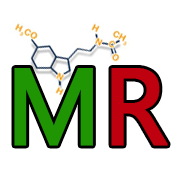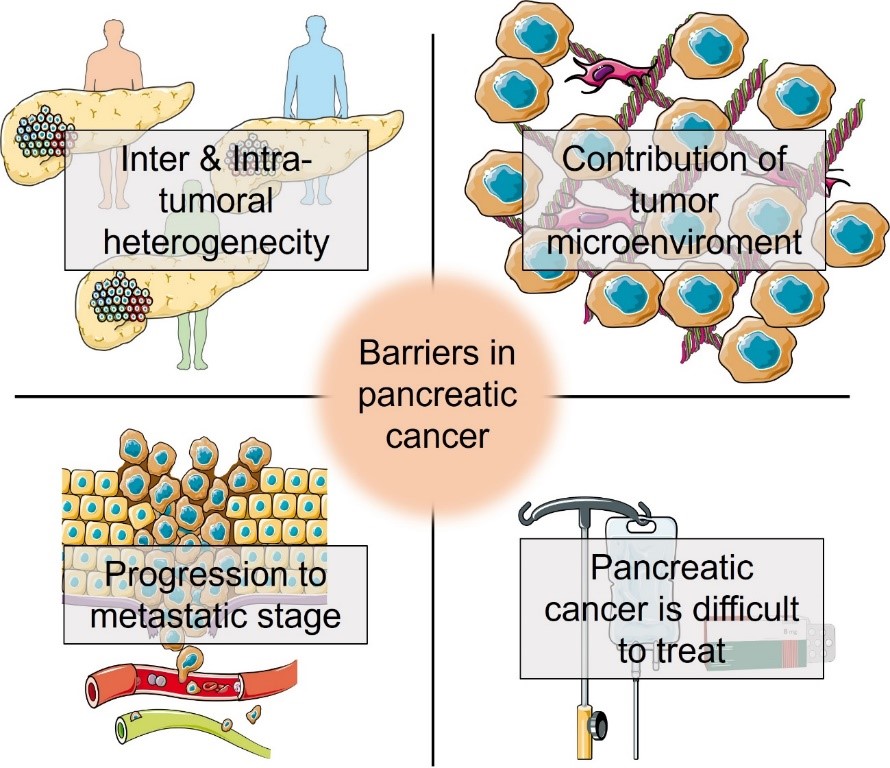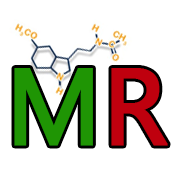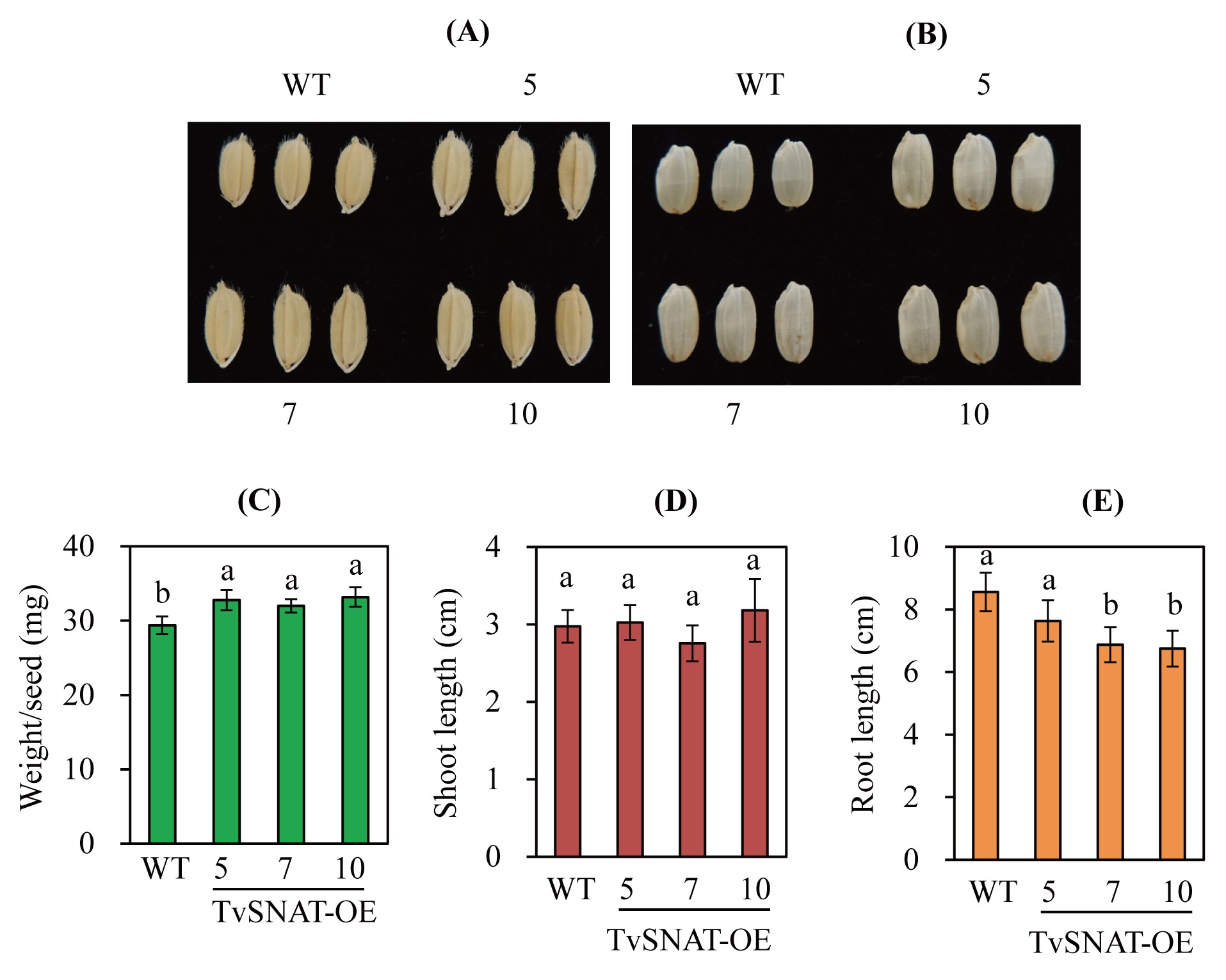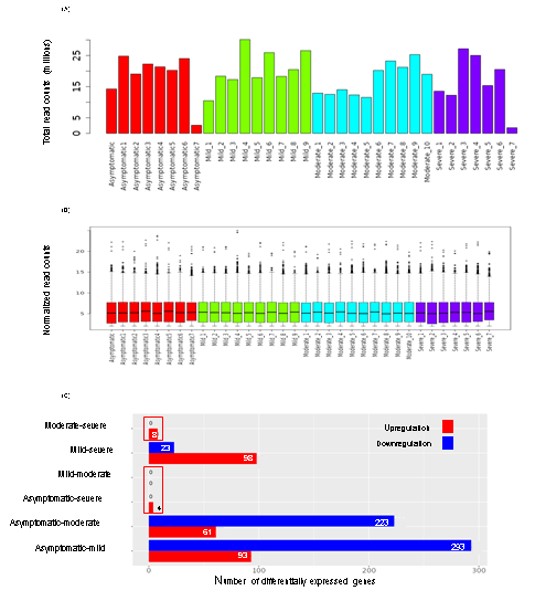
While all the articles in this issue are interesting, three seem especially timely. In an in silico study, Acharyya and Hasan systemically studied the potential therapeutic effects of melatonin on COVID-19 and compared its pharmacokinetics with clinically commonly used therapeutic medicines against COVID-19 including methylprednisolone, doxycycline, oseltamivir, and remdesivir. The results showed that melatonin had obvious advantages over these medicines in the properties of absorption, distribution, metabolism, and excretion (ADME). In addition, molecular docking study indicated the substantial interactions of melatonin with principal hub targets of COVID-19 including TP53, AKT1, IL6, TNF, IL1B, BCL2, EGFR, STAT3, CASP3, and NFKB1. These molecules are also involved in the pathologies of many other diseases. The protein-to-protein interaction (PPI) analysis suggested that melatonin may directly bind to these proteins with hydrogen binds to stimulate or inhibit their actions depending on the configuration. These results provide novel insights for understanding the multifaceted actions of melatonin used in many different disorders. In another study, Valiensi et al reported a cross-sectional study on the use of high doses of melatonin in humans. The significantly high doses of melatonin between 40 and 200 mg per day, with a mean of 76.56 mg ± 33.58 mg daily were given to patients over 4 months. These amounts of melatonin did not induce noticeable side effects or to interfere the concomitant pharmacological treatment. The results confirm the safe use of melatonin at these dose levels. This is especially relevant for some devastating diseases which currently have no effective treatments such as COVID-19. A third study relates to the origin of melatonin synthetic enzyme, serotonin N-acetyltransferase (SNAT). SNAT has been identified in eukaryotes, bacteria, i.e., two of the three domains of life. Its present in archaea was only a prediction. In a current study, Lee, and Back cloned an archaeal SNAT from Thermoplasma volcanium (TvSNAT) and overexpressed it in rice lines. These TvSNAT-OE lines showed high melatonin levels with delayed senescence, but were more susceptible to salt stress than the WT due to melatonin induced enhanced brassinosteroid synthesis. The results further support that SNAT is present in all three domains of life as is melatonin.
